If you do not use pot today, you don’t understand much about it. Marijuana possibly smoked in your youth (as recent as the 1990s) contained on average 3% thc (the cannabinoid in pot that makes a user high).
Not surprising, a significant amount of physiological impacts from marijuana - are brain related. We know significantly more than even 10 years ago about how the brain functions relative to marijuana.
The teenage brain can be easily damaged by marijuana. We now know the adolescent brain is developing well into the mid-20s - generally considered age 26.
The brain is very important to athletic performance, which is why marijuana (THC) is bad for athletes.
CBD – Cannabidiol is one of the many cannabinoids found in the marijuana plant. THC – Delta9-Tetrahydrocannabinol is the cannabinoid in marijuana that makes a user “high” or intoxicated.
Marijuana is Lipophilic - this means fat-soluble.
A person gets high from marijuana when THC travels via their bloodstream to the brain and is processed through the endo-cannabinoid receptor system.
Breathing second-hand marijuana smoke may also increase the chances for developmental problems in the baby. [2]
To intoxicate, marijuana and alcohol disrupt proper brain function - but they do it differently. Proper brain function requires a variety of neurotransmitters that the body produces when it needs them.
Marijuana does not shut down the brain stem or depress breathing like other drugs that kill via overdose. However, marijuana can cause psychosis and psychotic breaks.
Psychosis is a break from reality – it can be severe or mild
A person can have a single psychotic symptom without having full-fledged psychosis

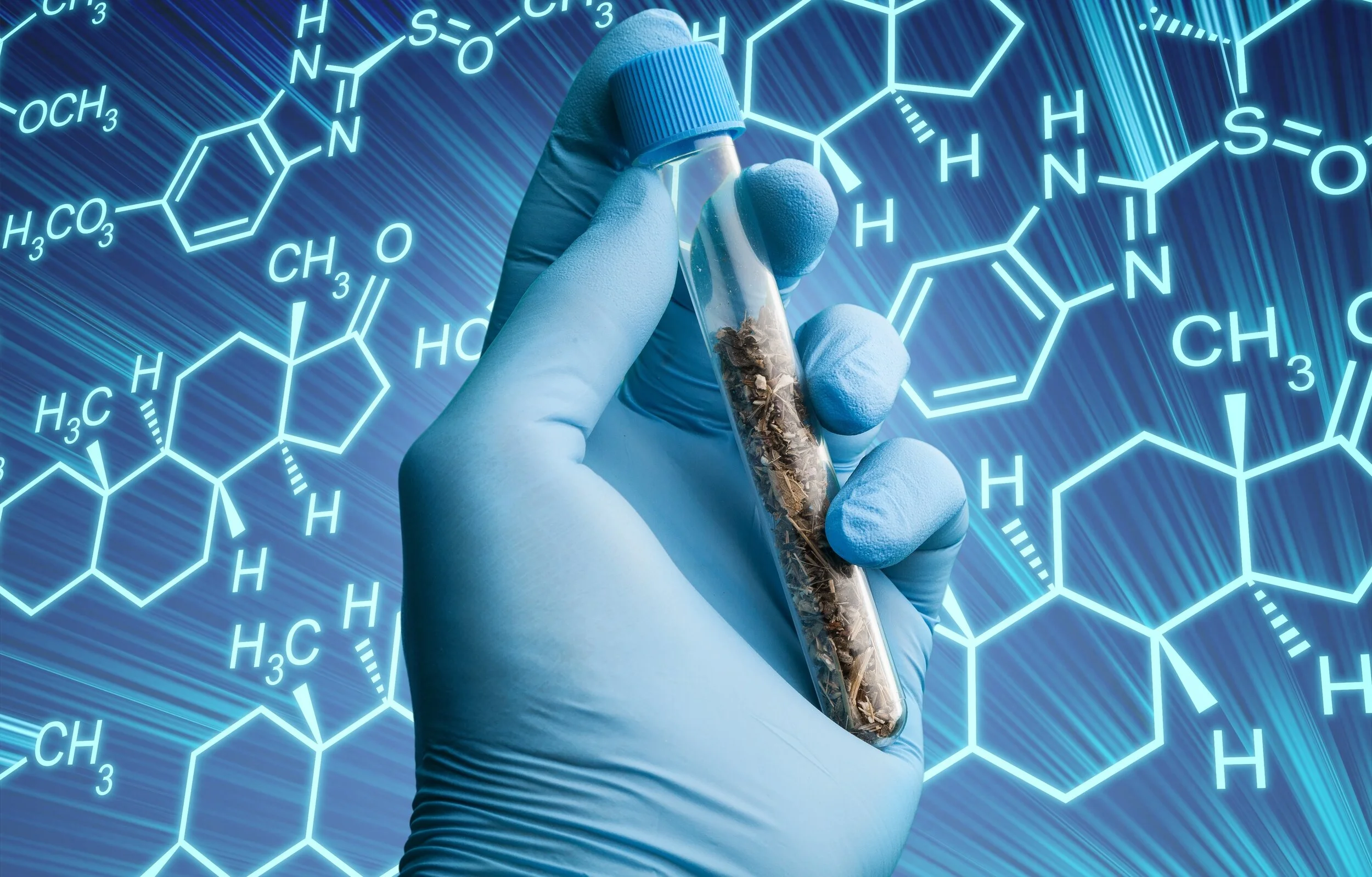

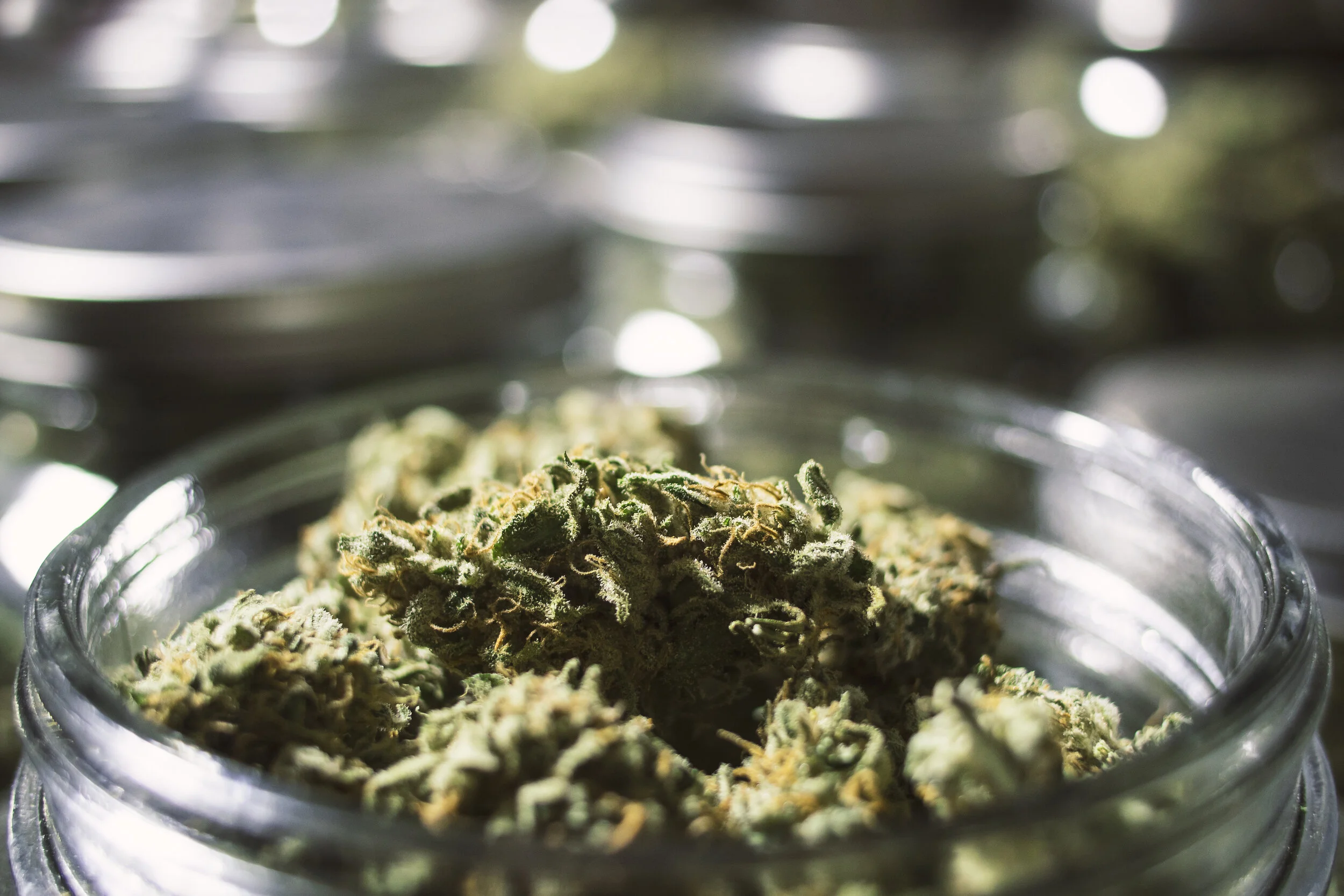



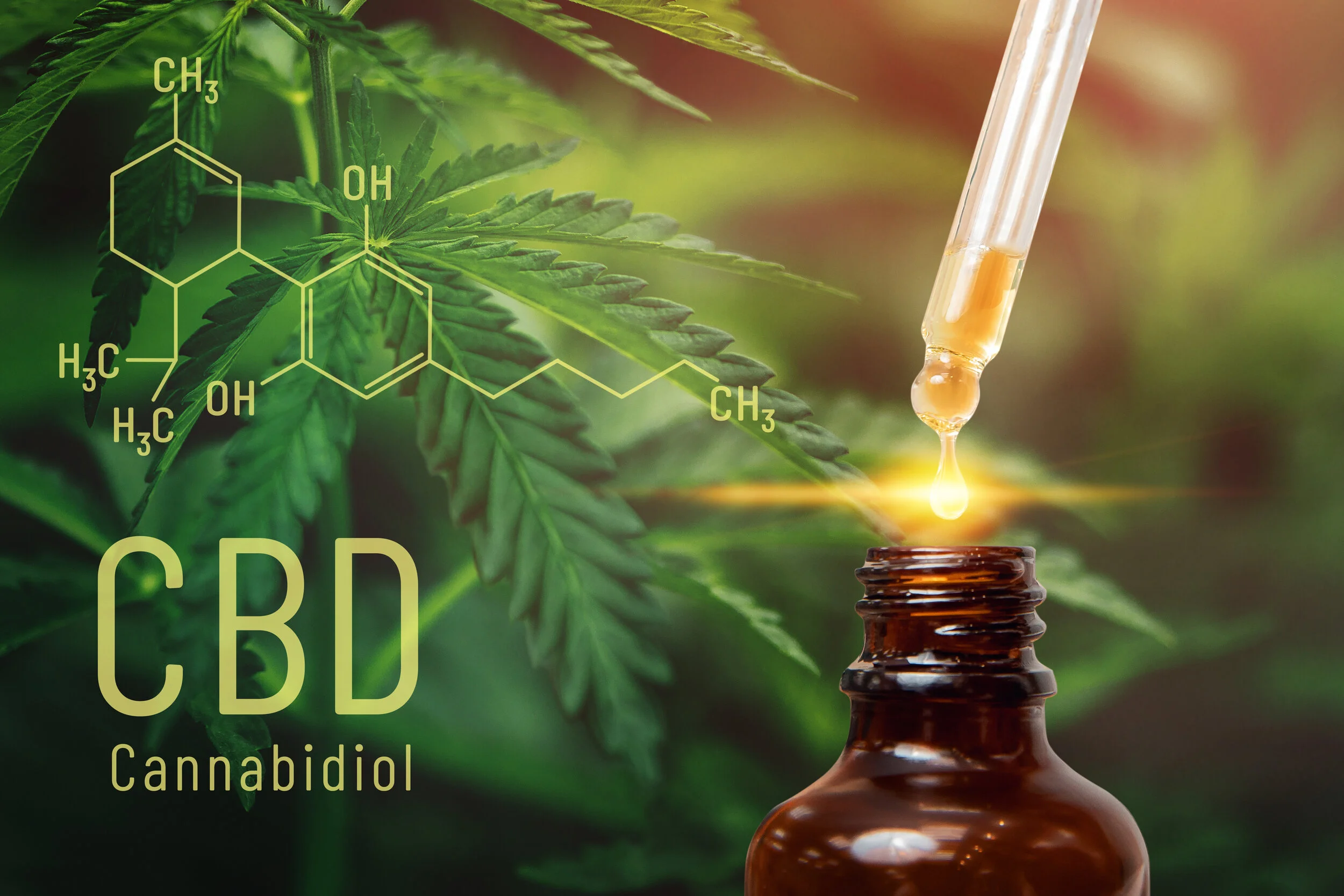
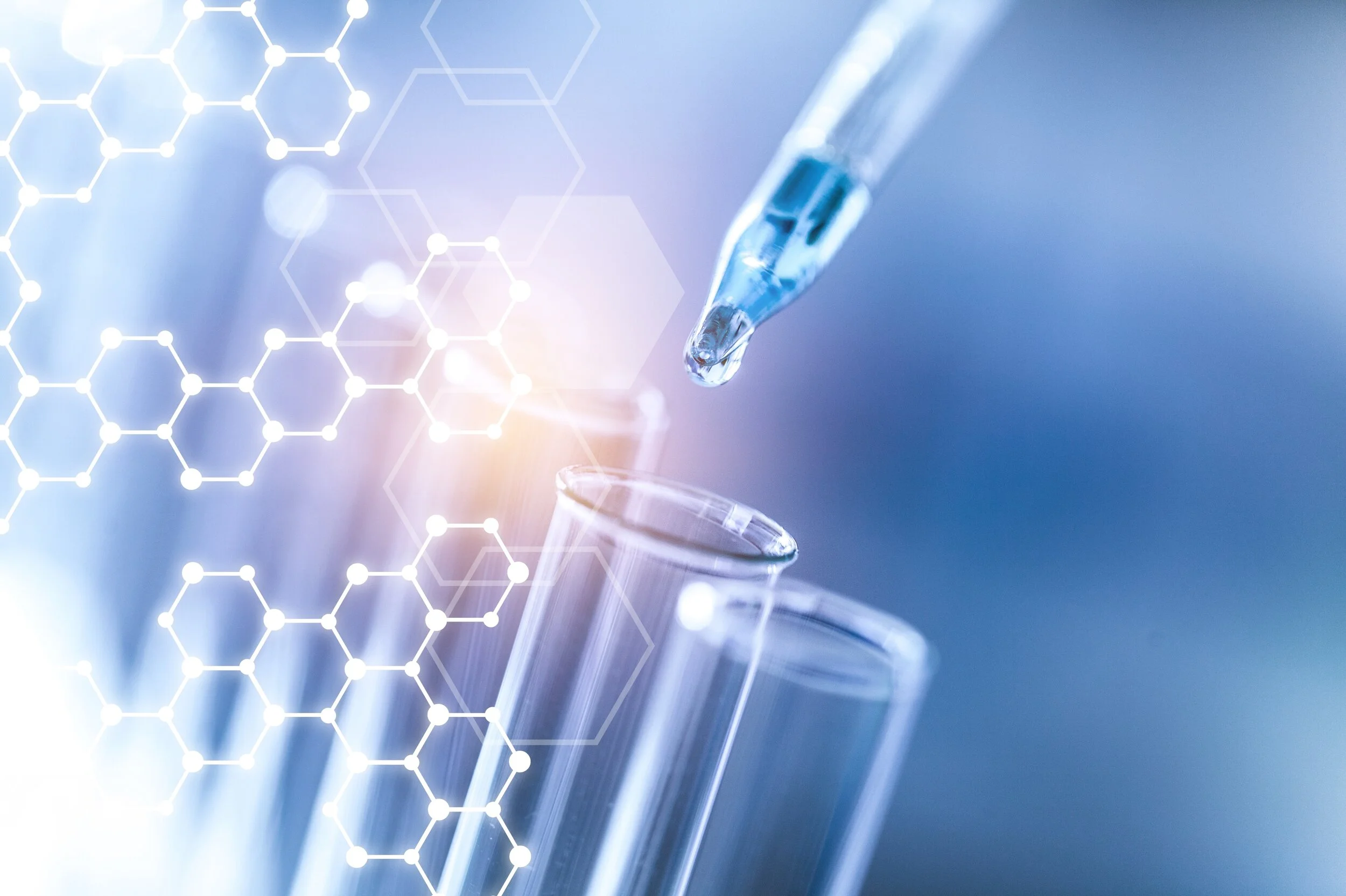

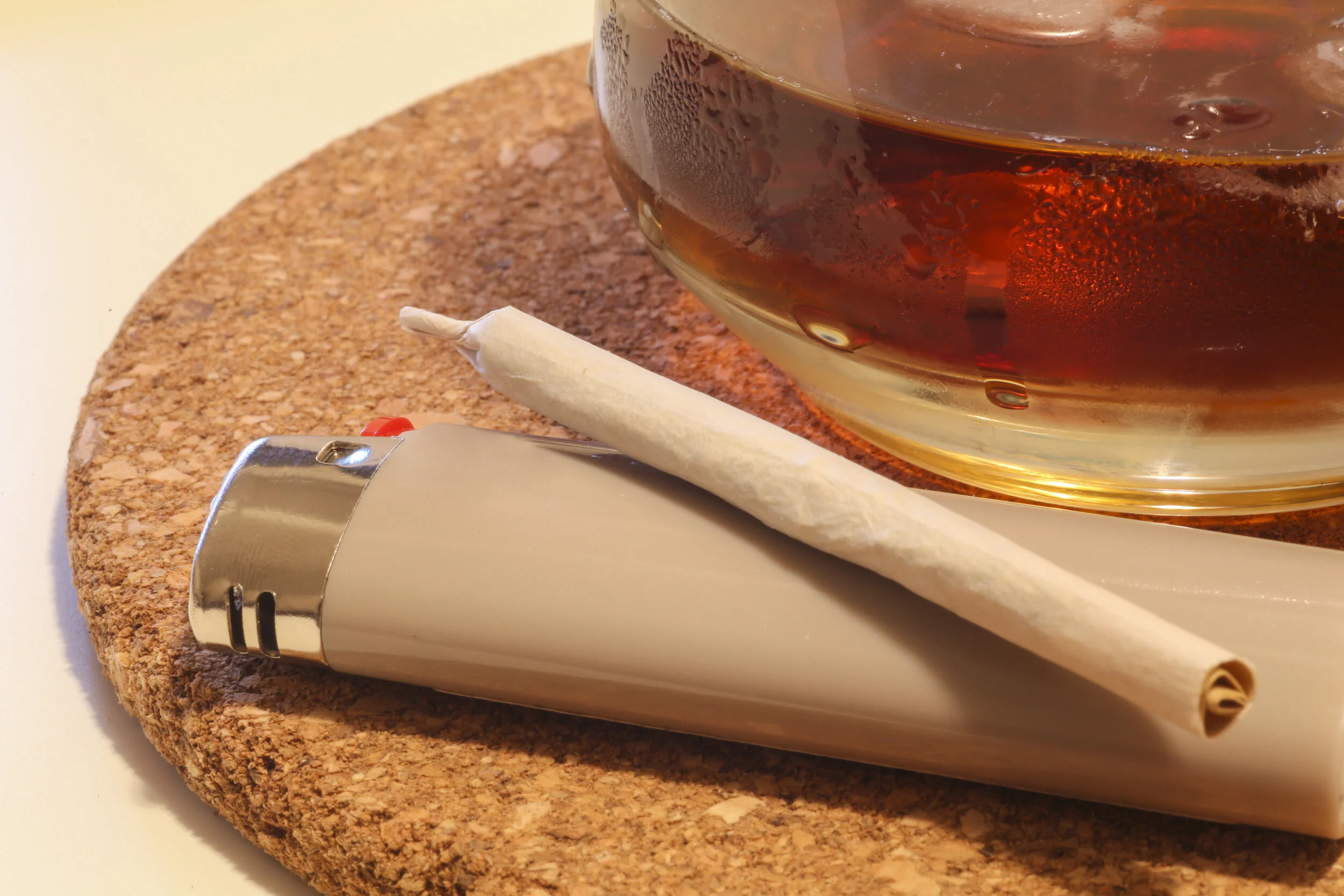
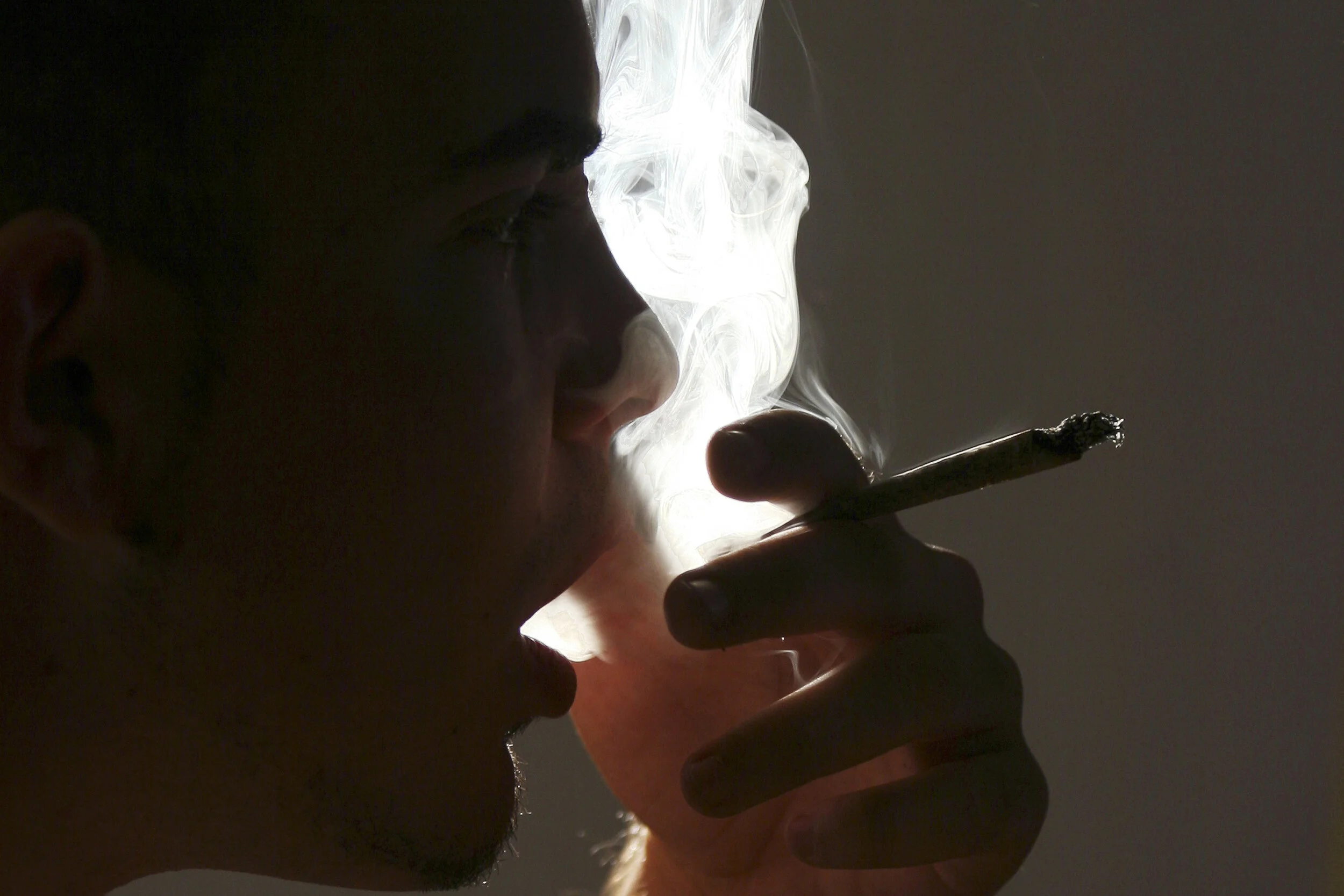


![[Flyer] Marijuana is No Joke](https://images.squarespace-cdn.com/content/v1/5e277e3bf4109842c9271d44/1580598265195-D0MW535V48J5A8C5X9C0/Screen%2BShot%2B2019-02-16%2Bat%2B11.19.14%2BAM.png)
